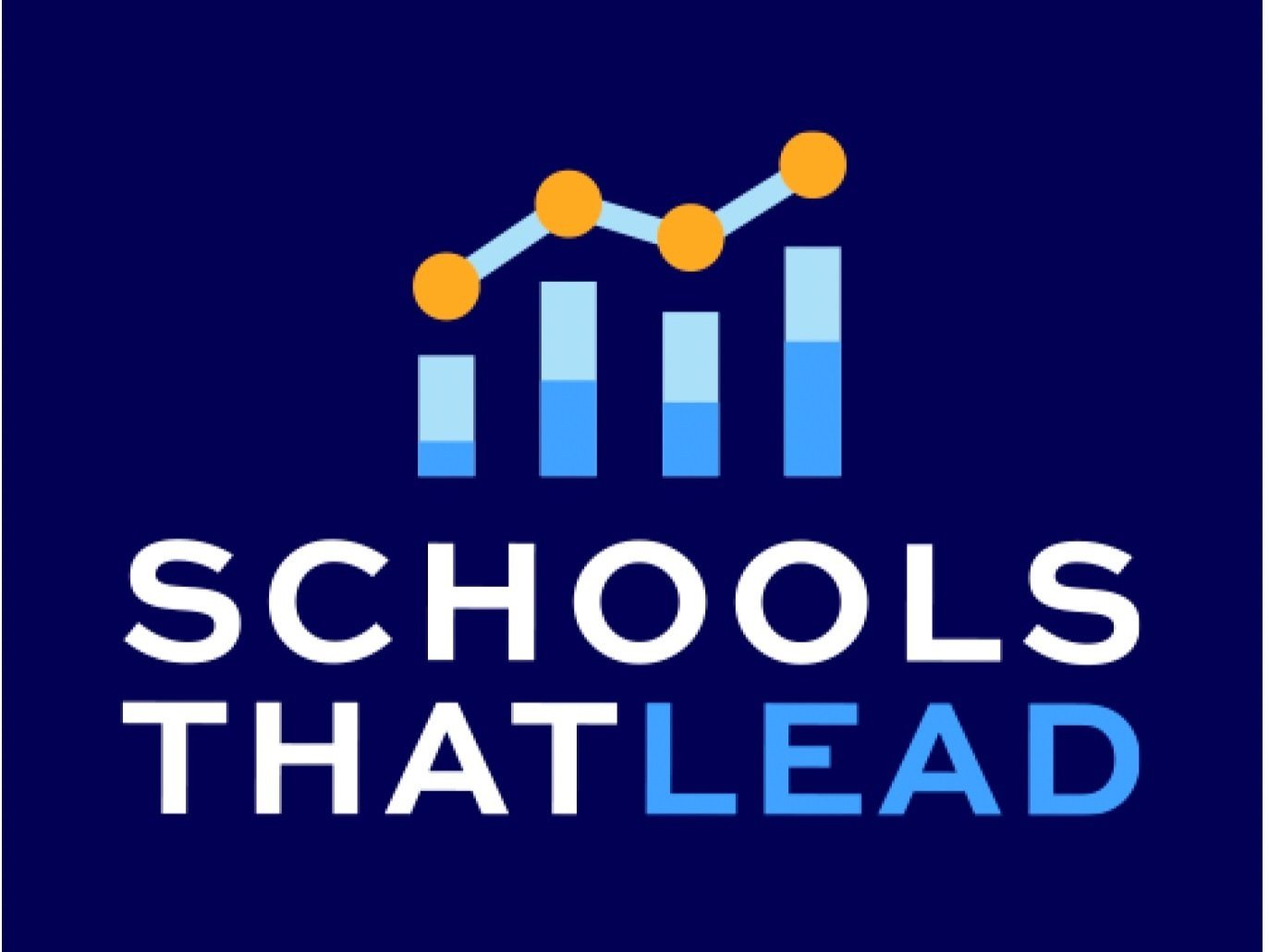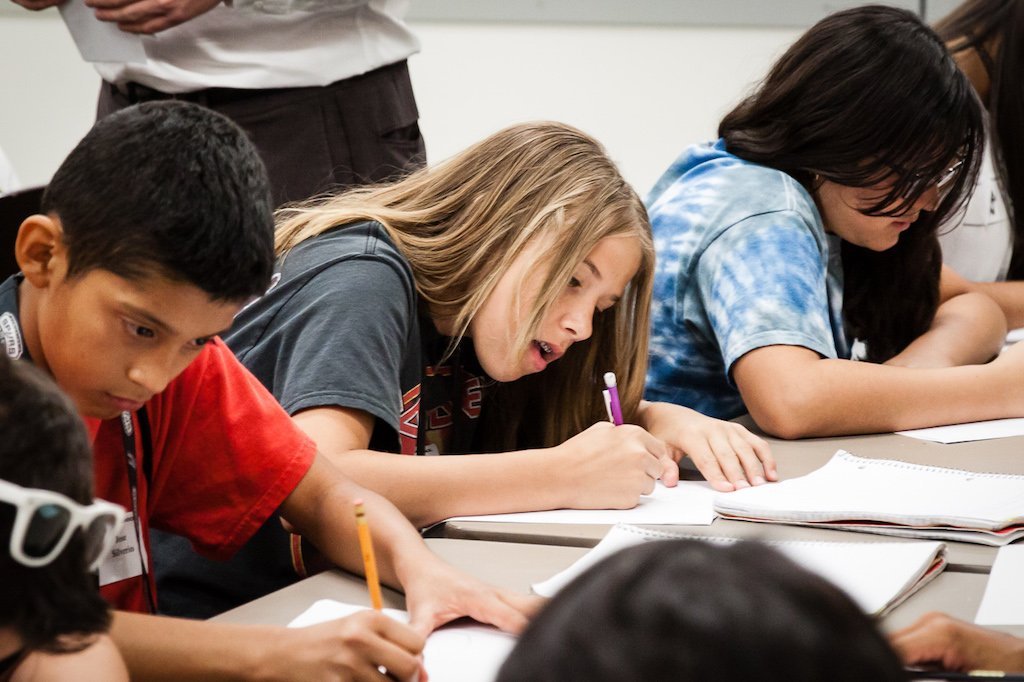Equity vs. Equality in Education: What's the Difference?
Imagine a world where every school champions the notion of treating each child with unwavering equality, ensuring no one feels left out or discriminated against. It's an admirable goal, yet it's not enough if the execution falls short.
Schools That Lead is committed to transforming this aspiration into reality through the application of improvement science, so educational leadership can create effective school improvement plans. We advocate for a pivotal shift from a blanket approach to equality to a more nuanced focus on promoting equity in education, promising a path to a more just and effective educational system.
Waterford's inclusivity guide offers a clear perspective, illustrating equality as a one-size-fits-all, group-centric approach, whereas equity is seen through a lens of adaptability, centered on the individual and striving for fairness.
This distinction is intriguing, highlighting a fundamental dilemma: the ease of applying a generic, group-focused model versus the necessity of embracing adaptable, student-centric strategies. While the former might be the path of least resistance for schools developing improvement plans, the latter, as outlined in improvement science, is essential for advancing student potential. We explain the limitations inherent in pursuing mere equality and discover why equity holds the key to unlocking a more advantageous future for education.
The Problem With Focusing Only on Equality in Education
To say there is a problem with equality immediately sounds like a controversial statement. That is because we don't always see equality in education for what it really is. At its core, equality means treating every student the same. Therefore, we see schools and teachers striving to make sure that every single student receives the exact same treatment.
Equality is great in principle. However, as educators, we must be mindful of students of all abilities, races, and ethnic backgrounds to ensure they have the same opportunities to thrive in the classroom. Schools need to develop a school improvement plan that values diversity and a sense of community. However, this idealistic view doesn't always work in a school setting.
Why Equity is More Important than Equality
Harvard's Jeffery Duncan-Andrade is an advocate for equity over equality in education. He highlights how there is actually a lack of fairness in an equal system.
You may be upholding an equal standard for each student, but you aren't addressing their personal needs and their unique circumstances. Therefore, a student may struggle and feel unheard.
Equity, on the other hand, is a fairer system by giving every student the level of care and attention they require via various educational tools and strategies. When schools implement classroom management strategies based on improvement science and switch their focus to equity, students who may feel overlooked will begin to flourish.
Think of it like tending to a garden. Plants need light, water, and quality soil to grow and blossom. However, if you give every plant the exact same conditions in the name of fairness and equality, it won't work. Some will wilt because they need more shade, others will rot in water-logged soil, and some will die from a lack of essential nutrients. Gardeners who treat each plant individually based on their unique needs will create an equitable ecosystem where each plant can thrive.
The same goes for students. The fundamental flaw in equality-based education is that by treating every single student as equal, you fail to see them as individuals. Every student has their own learning style; noticeable strengths in some subjects, and room for improvement in others.
The Barriers to Implementing Equity in Schools
Shifting to an equity-driven approach to school and classroom management isn't easy. Schools need to fully appreciate the needs of each student and how those needs affect their learning.
The Scholastic Teachers and Principles Report highlights a series of factors in US schools. Here are some of the biggest issues:
Problems at home, where family crises could affect a child's ability to study
Lack of a permanent home, such as sheltered accommodation
Physical health issues that affect a child's performance during the school day
Mental health issues, which can lead to low confidence, apathy, or rebellious tendencies
English isn't their first language, so there is an immediate problem with communication
There are several issues to consider; for example, schools may focus solely on providing equality in education because it’s seen as manageable by educational leadership. It’s also more cost-effective to implement a blanket approach where every student receives an equal allocation of resources. Still, this doesn't necessarily improve the school in the long term.
The Bottom Line
Learn how Schools That Lead helped North Carolina educators create their own strategies for managing the students in their care and improving student outcomes, such as a greater decline in chronic student absences than the state average.
Frequently Asked Questions:
1. What is the main difference between equity and equality in education?
Equality in education means treating every student the same, while equity involves addressing individual needs to ensure fairness. Equity focuses on adapting resources and support to help each student succeed, as seen in improvement science practices.
2. Why is equity important in the education system?
Equity is crucial because it addresses the unique needs and circumstances of each student, ensuring fair access to resources and opportunities. This personalized approach helps all students thrive, overcoming the limitations of a one-size-fits-all equality model.
3. What are some examples of equitable practices in schools?
Equitable practices include tailoring support based on students' needs, such as offering additional help for those with learning disabilities, language barriers, or personal challenges. Schools implementing improvement science use data-driven strategies to ensure each student receives appropriate resources.
4. How do educational policies impact equity and equality?
Educational policies that prioritize equity over equality ensure fair distribution of resources, addressing diverse student needs. For example, policies that provide additional funding for schools with high populations of low-income students promote equity by addressing resource disparities. Such policies should focus on individualized support, promoting inclusive practices and continuous improvement, as emphasized in improvement science, to enhance educational outcomes.
5. How can Improvement Science Tools help with educational equity?
Improvement Science Tools help schools systematically identify and address individual student needs. By using data-driven methods and continuous feedback, educators can implement tailored strategies that promote equity, ensuring all students receive the necessary support to succeed.



